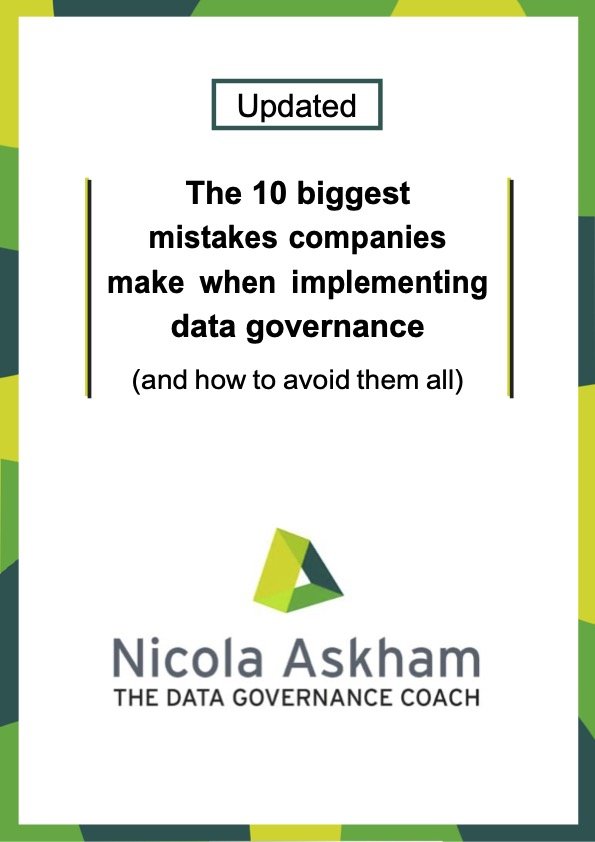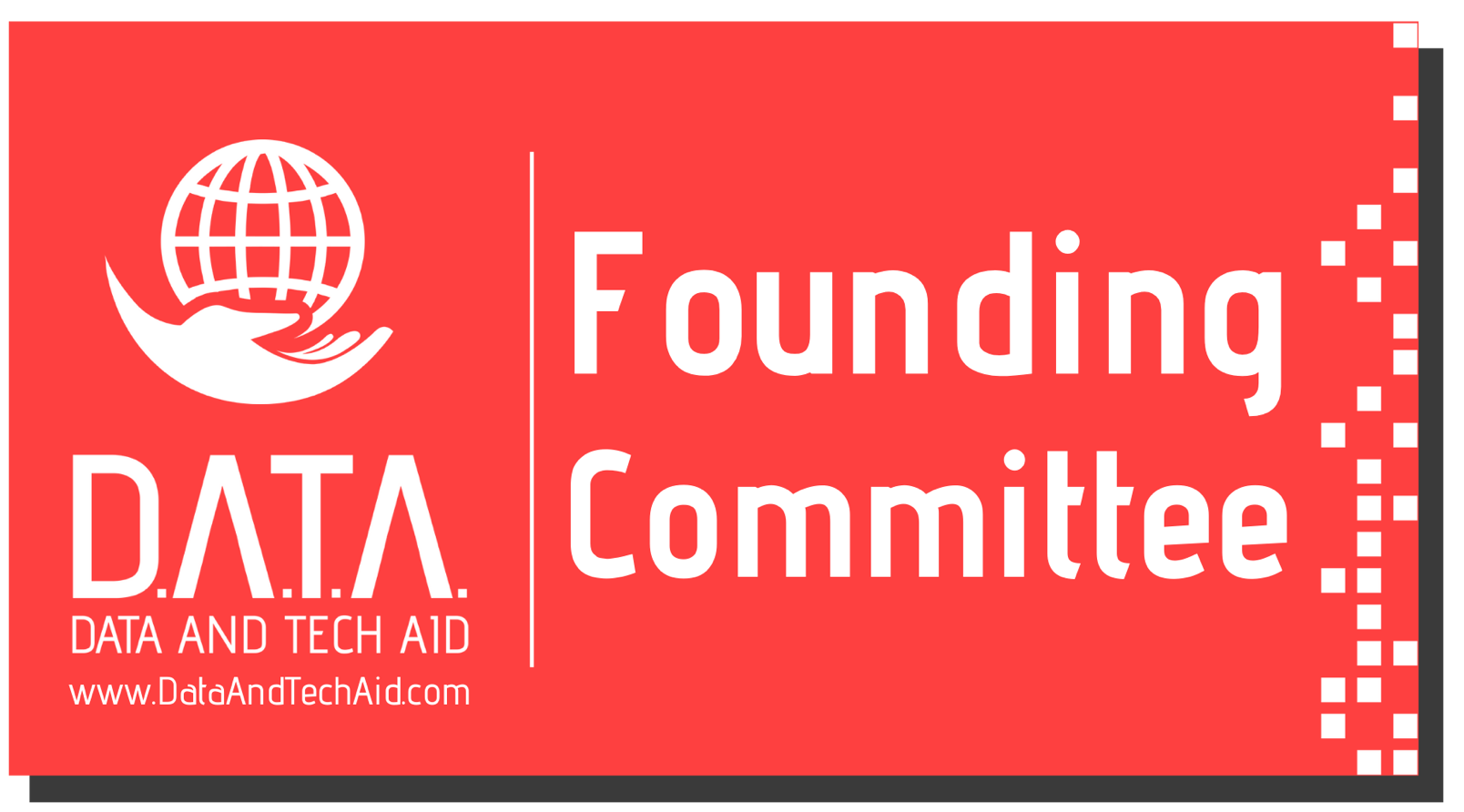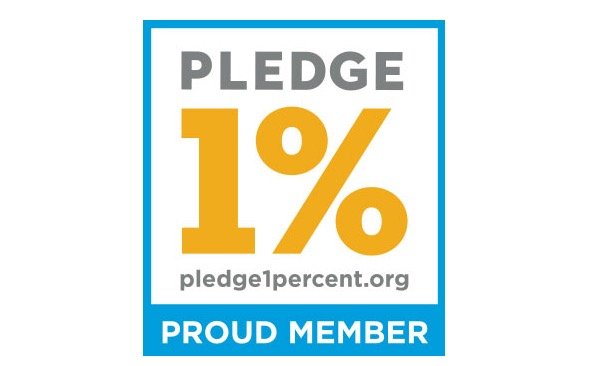Who Owns the Data that Appears in Your Reports or Dashboards?
/If you’ve ever read any of my previous blogs on data ownership, you’ll probably know that I feel quite categorically, from my many years of experience, that you really cannot have more than one Data Owner per data set. It really doesn't work, and I don’t recommend you try it.
There’s no exception to this rule - believe me, I've been there, done it, still have the scars... What I believe you need to do is find one senior person within your organisation who is going to take overall accountability for that data, wherever it is within your organisation.
So hopefully, from that you're getting an inkling of the answer to today’s question… ‘Who Owns the Data that Appears in Your Reports or Dashboards?’
Well, I believe quite strongly that if the data that is showing in that report, is the same data as it has always been - it has not changed and is therefore still the original data, then it is owned by the same data owner who has always owned it!
For example, if you have a data owner that owns customer data, and you have a report, or more likely a whole suite of reports that contain customer data, then the owner of that data is still the customer data owner.
Now of course when you have reports, there are going to be multiple different data sources in them. And you might have many different data owners per report. This is why quite often when I'm rolling out a data governance framework, I don't make it an official Data Governance role, but I work with the BI or MI analytics team - whatever you call yours - to determine a role called Report Owner.
So, whoever first asked for that report, whoever gave you the requirements and then signed off on them. They are the report owner, and they are the people who know why that set of data was brought together in that report or dashboard and why it is useful – but, crucially, they don't own the data in it.
If there is a problem with the quality of any of the data in that report, then you would follow the normal data quality issue resolution process and you would go back to the original data owner or owners to get it fixed.
Now, there is sometimes a slightly different alternative and that is in a case where the data has been changed. I see that a lot where organisations are creating models or the report in some way aggregates data or transforms it performs a calculation.
So according to the data ownership principles I have already laid out, this means the data has changed. It's no longer the data that it was originally. It is new data. If you have performed any calculation or transformations to the data and created something else as part of producing that report or dashboard, then this is now new data, and the resulting data should have a new data owner.
If it was closely related to the original data, it may be the same data owner, but it may be somebody else. In those instances, it's often the consumer of that data - the person who has given you the requirements for what that calculation or aggregation is – they would be the data owner of the new data.
Now, if you have maybe two or more interested stakeholders interested in the same data set, what you must do is get them together and draw a conclusion as to who is the most appropriate person to own it and the other to be key stakeholders.
Another even better option is to consider splitting that data set into subsets until you find a way of splitting it so that everybody's happy that they are owning and responsible for the data that they really should be. Doing it any other way, I can guarantee you, is not going to work.
It's going to cause you loads of pain and is going to result in people telling you that this Data Governance doesn't work or doesn't help them. So, I really, cannot stress this enough - you should only have one data owner per data set – and that includes any data that you may use and/or change to form part of a report or dashboard!
Don't forget if you have any questions you’d like covered in future videos or blogs please email me - questions@nicolaaskham.com
Or you’d like to know more about how I can help you and your organisation then please book a call using the button below.









